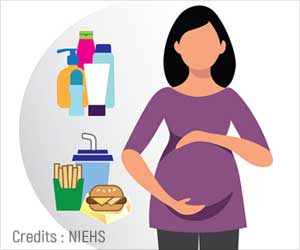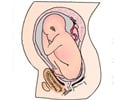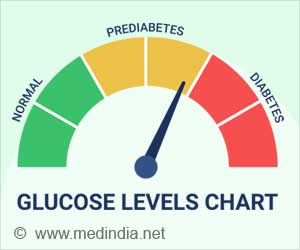Avoid phthalate exposure during pregnancy: Exposure to everyday chemicals (phthalates) during pregnancy may lead to early puberty in the child.
Highlights
- Exposure to everyday chemicals (phthalates) during pregnancy can lead to early puberty in the child
- Phthalates are harmful chemicals found in cosmetics, detergents, plastic toys and food packaging
- Reducing prenatal exposure to phthalates could save the unborn baby from a wide range of adverse reproductive health outcomes
TOP INSIGHT
Watch out: Prenatal exposure to harmful chemicals (phthalates) may speed up puberty in the child.
Read More..
What are Phthalates?
Phthalates are chemical compounds that are used as plasticizers and fragrance retainers in a wide range of consumer products. They are used, for example, in the manufacture of PVC and can be found in building materials, cosmetics, plastic toys and food packaging, among other products.Previous studies have found associations between these endocrine-disrupting chemicals and a number of adverse reproductive health effects such as urogenital malformations, poorer sperm quality, reduced testosterone levels, placental/umbilical dysfunction, preterm delivery, low birth weight, ovarian insufficiency and endometriosis.
In vitro and animal studies have shown that phthalates exert anti-androgenic activity, i.e. the ability to inhibit the effects of male sex hormones. On the basis of this hypothesis, the research team set out to assess the possible influence of these compounds on pubertal development in boys and girls. The researchers chose to study prenatal phthalate exposure, as it is during this stage that the adrenal and gonadal axes—which control the onset and progression of puberty—develop.
The study included 788 boys and girls from Gipuzkoa, Sabadell and Valencia who were enrolled in the INMA Project cohort study. Prenatal exposure to phthalates was quantified by means of maternal urine samples collected during pregnancy. Later, when the children were between 7 and 10 years of age, pubertal development was assessed by means of a parental questionnaire. On the basis of the responses, children were classified into five developmental stages: 1) pre-puberty, 2) early puberty, 3) mid-puberty, 4) late puberty and 5) post-puberty. The children’s body mass index was also taken into account, as obesity plays an important role in pubertal development.
Is there a Link between Phthalates and Early Puberty?
Analyses showed that phthalates were present in more than 99% of the urine samples collected during pregnancy. Findings varied by compound tested, as well as by the sex and body mass index of the participants. However, it was observed that higher prenatal exposure to certain phthalates was associated with a slightly increased risk of puberty onset. These findings were more evident in boys with normal weight and in girls who were overweight or obese.Specifically, prenatal exposure to di-(2-ethylhexyl) phthalate (DEHP), a substance used to make plastics more flexible, was associated with increased risk of puberty onset in both boys and girls.
As for girls, prenatal exposure to di-iso-butyl phthalate (DiBP), DnBP and DINCH® was associated with slightly earlier onset of puberty in girls who were overweight or obese.
Associations were observed for some of the phthalates studied individually, but not for the grouping of all phthalates.
“We cannot affirm that phthalates are associated with precocious puberty as a clinical pathology, as we did not assess when this process started in each participant,” commented ibs.GRANADA researcher Carmen Freire, first author of the study. “What is clear is that the age at puberty onset has decreased in recent decades and our findings suggest that phthalates could be one of the factors involved.”
“Our findings in boys are somewhat surprising,” commented ISGlobal researcher Maribel Casas, last author of the study. “Due to the anti-androgenic activity of phthalates, we would have expected these compounds to interfere with pubertal development in the opposite direction—that is, by delaying it. However, determining the effects of these compounds is very complex, as they tend to be multifactorial and exposure never occurs in isolation, but rather in conjunction with a whole range of substances and environmental factors.”
It is now considered normal for puberty to start from the age of 8 years in girls and 9 years in boys. Factors associated with age at puberty onset include obesity, although other factors, such as environmental exposures and stress, also play a role.
Source-Eurekalert
 MEDINDIA
MEDINDIA





 Email
Email










